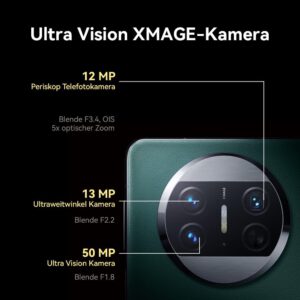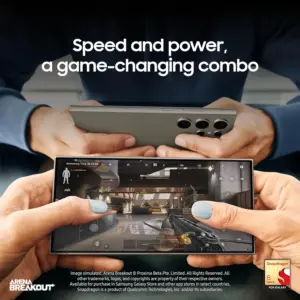Comparing the Apple iPhone 15 Pro and Google Pixel 8 Pro, both priced at $999, reveals a battle of technological advancements and user preferences in the 2024 smartphone market.

- Design and Build:
- iPhone 15 Pro: Maintains the classic iPhone look with a titanium frame, reducing its weight significantly. It features a square, three-lens camera bump and a matte glass back. Available in colors like Natural Titanium and Blue Titanium.
- Pixel 8 Pro: Retains rounded corners and a flat display with symmetrical bezels. It features a polished aluminum frame, an edgeless Corning Gorilla Glass Victus 2 back, and colors like Obsidian and Porcelain.
- Display:
- iPhone 15 Pro: Offers a 6.1-inch Super Retina XDR OLED display with 2556 x 1179 resolution, 460 ppi, and 120Hz ProMotion. It has a peak outdoor brightness of 2,000 nits and HDR brightness of 1,600 nits.
- Pixel 8 Pro: Comes with a 6.7-inch Super Actua LTPO OLED display, 2992 x 1344 resolution, 489 ppi, and a variable refresh rate up to 120Hz. It boasts an outdoor brightness of 2,400 nits and HDR brightness of 1,600 nits. The Pixel 8 Pro slightly edges out the iPhone 15 Pro in screen quality due to its increased brightness and larger size.
- Performance and Battery:
- 15 Pro: Powered by the A17 Pro chip, it handles multiple apps and games seamlessly. Battery life lasts about a day with regular usage.
- Pixel 8 Pro: Equipped with the Tensor G3 chip, it shows marked improvements in performance without overheating issues. However, its battery life is similar to the iPhone 15 Pro, lasting about a day despite a larger 5,050mAh battery.
- Camera:
- iPhone 15 Pro: Features a 48MP main camera, 12MP ultrawide, 12MP telephoto, and LiDAR scanner. Apple’s strength lies in consistent camera performance and color accuracy.
- Pixel 8 Pro: Includes a 50MP Octa PD wide camera, 48MP ultrawide, and 48MP telephoto. Known for its computational photography prowess, the Pixel 8 Pro excels in low-light performance and offers a superior 5x optical zoom compared to the iPhone’s 3x.
Both phones share features like 5G connectivity, Bluetooth 5.3, USB-C ports, and IP68 water resistance. The choice between them largely depends on user preference for operating systems and specific features like camera capabilities or screen size.
Playstation 5 console has reached the milestone of 50 million units


